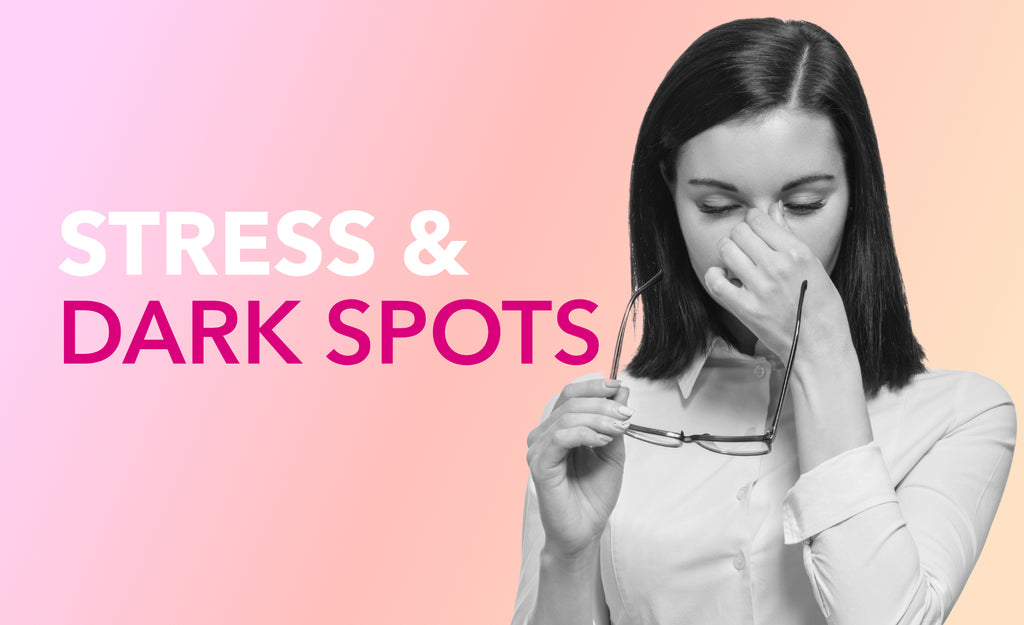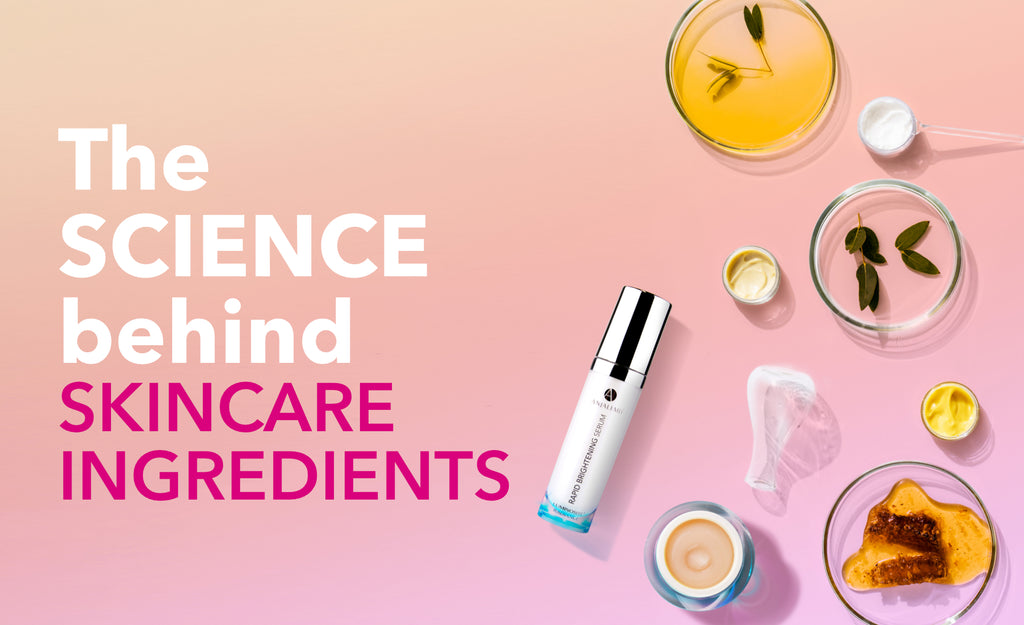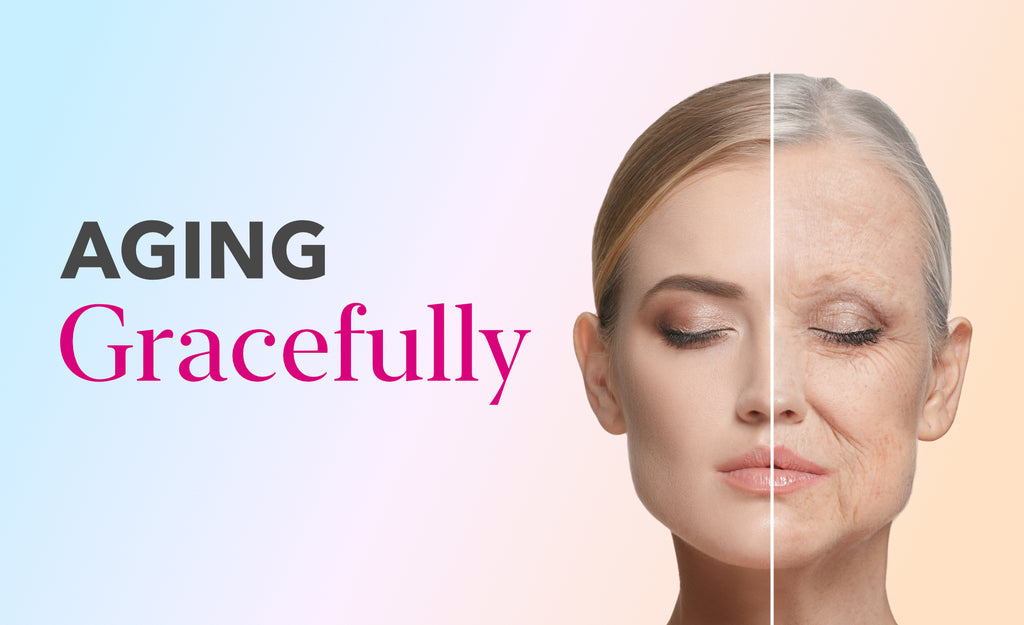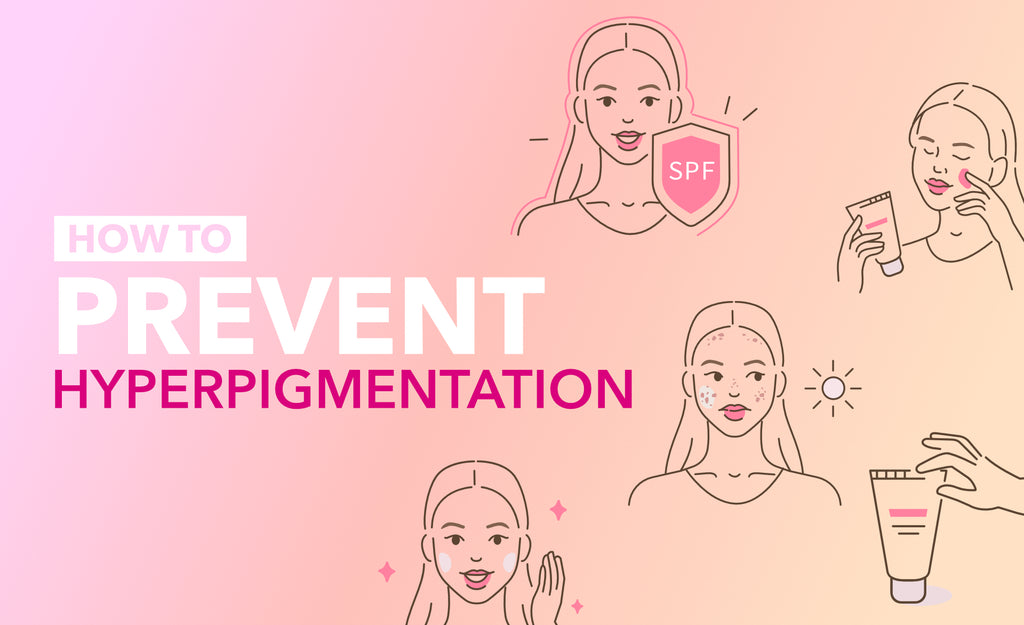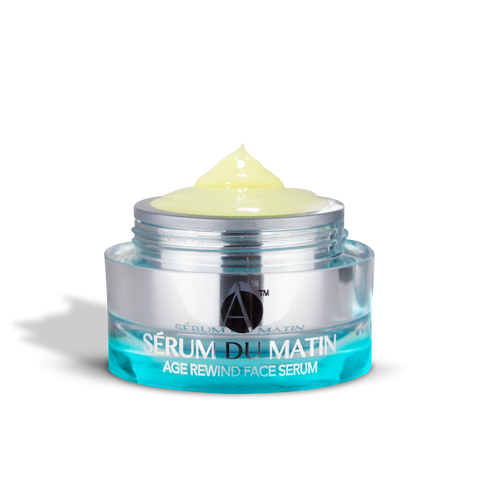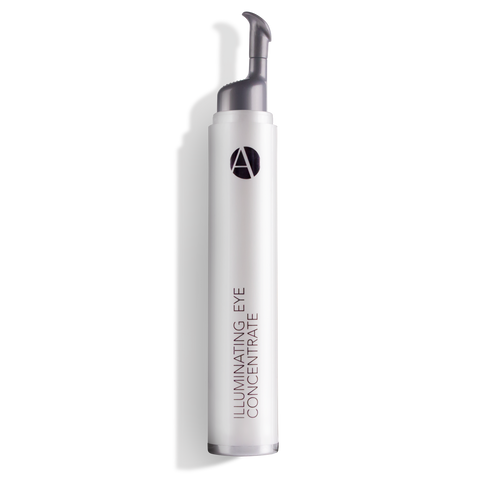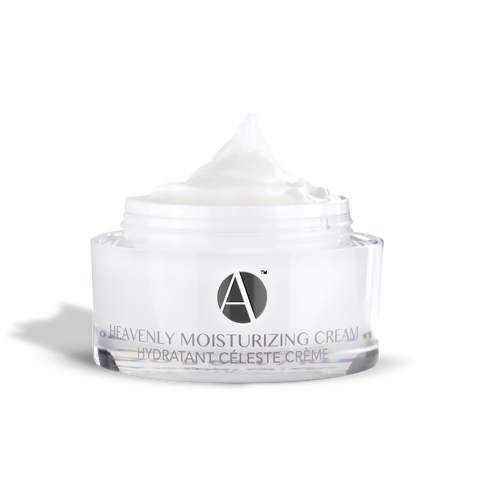Bye Bye Brown Spots

Brown spots (aka sun spots, liver spots, pigmentation, hyperpigmentation, age spots) are flat patches of extra pigment in the skin.

Hello, beautiful people!
So today let’s talk about brown spots.
What are brown spots and discoloration?
Brown spots (aka sun spots, liver spots, pigmentation, hyperpigmentation, age spots) are flat patches of extra pigment in the skin. These spots can be small or large. They can be uniform or mottled. And they can be scattered, grouped or isolated. They can appear anywhere on the body and can occur at any time. (Sorry to scare you.)
“Brown spots” actually represent dozens of conditions. As dermatologists, we dive into the details of the “spot” and classify them according to color, size, morphology (shape), location and symptoms. We ask a billion questions, like when did it start? Is it itchy? Have you had these spots before? All to make sure it isn’t something to worry about.

What causes brown spots and discoloration?
Brown spots and discoloration are caused by an increased production of melanin. Melanin is the brown pigment in the skin that gives everyone their unique skin color and protects the skin from the damaging rays of the sun.
While this sounds simple, pigment formation involves numerous enzymes, pathways and molecules in the skin. It’s a very, very, very complex process!
Generally your melanocytes (cells that produce melanin in the skin) produce a predetermined, set amount of pigment. Every day those melanocytes do their thing and produce clumps of melanin. When the melanin is ready to go, it travels into a specific layer of the epidermis, the top layer of the skin, giving the skin a uniform color.
Sometimes those melanocytes start to produce more melanin than they should. Many times there is no known trigger for this overproduction. But we know sun exposure, genetics, hormones, environmental triggers, acne, medications and certain skin and internal conditions can trigger the overproduction of melanin.
The reason why discoloration comes in many forms is because this extra pigment doesn’t end up where it’s “supposed to go” in the epidermis. Instead, it ends up in different layers of the skin and in different patterns. The skin is a beautiful, intricate, extremely complex landscape. And these pigment molecules end up forming some amazingly diverse patterns – sometimes it’s a flat uniform stripe and sometimes there’s no pattern at all!
How to prevent discolorations and brown spots?
While we don’t have control over many of the factors that promote the formation of brown spots and discoloration, we can certainly reduce exposure to the biggest known trigger of brown spots – the sun. Taking preventive measures against sun exposure will decrease the risk of developing discoloration.
Clothing that protects the skin against sun exposure is a must, along with sunscreen that provides an SPF rating of 30 or higher. Reapply sunscreen every 2 hours and if possible, stay in the shade or even completely out of the sun.
Being smart about skincare is another key step to preventing discoloration. When you’re skin is prepped and ready to tackle brown spots and is protected with antioxidants to shield from environmental triggers, your skin won’t develop as much discoloration.
Use effective skincare products like our ANJALI MD Skincare Rapid Brightening Serum which prevents discoloration with antioxidants and vitamins, breaks up brown spots through multiple mechanisms and keeps skin healthy, strong and hydrated to prevent spots from forming in the first place.
If you have skin conditions that leave your skin discolored, treat the skin condition. If it’s a rash, treat the rash. If it’s acne that always leaves “a mark”, address the acne. Use products like our Adult Acne Rewind System or Teen Turboboost Acne Kit that decrease acne and treat the brown “mark” it leaves at the same time.

How to get rid of brown spots?
There are many options to decrease the appearance of brown spots and discoloration.
Skincare, skincare, skincare! As a cosmetic dermatologist, I treat a lot of patients with my lasers, but if I can get you the same results with skincare products, in the privacy of your home, at a fraction of the cost and that’s easier on the skin, why wouldn’t I use skincare? Lasers can be an attractive and effective option, but they also require a financial commitment, can require multiple sessions (time commitment) and can involve days off for healing.
As I mentioned before, pigment formation is a very complex process that involves numerous enzymes, pathways and molecules in the skin. You need to be serious about your skincare and use products that make sense and actually work.
In my practice, I recommend the Dark Spot Corrector System, because you get two phenomenal products (Rapid Brightening Serum and Dark Spot Eraser Mask) that work together on the many different causes of discoloration at the same time. Both work hand-in-hand to amplify your results.
Rapid Brightening Serum is formulated to make the skin stronger with vitamins and antioxidants, prevent brown spots and reduce discoloration f you already have spots. It keeps the complexion even, hydrated and bright, while reducing discoloration.
Dark Spot Eraser Mask is a mask you use 2-3 times a week to fade stubborn spots on the face, neck and hands. It works to exfoliate spots with natural fruit enzymes and penetrates deep within the skin to stop the formation of brown spots. You can use it specifically on isolated spots or use it all-over to brighten the entire area.
(This article is not intended to be medical advice. Remember to get regular skin examinations by a dermatologist. If you see any “spot” that is getting larger /changing in size, shape or color / has irregular color, shape or borders / or any spot that just doesn’t look or feel right / or has any other changes, get it immediately checked by a dermatologist.)
Be Well. Be Happy. And always - Be Beautiful!
- Dr. Anjali









